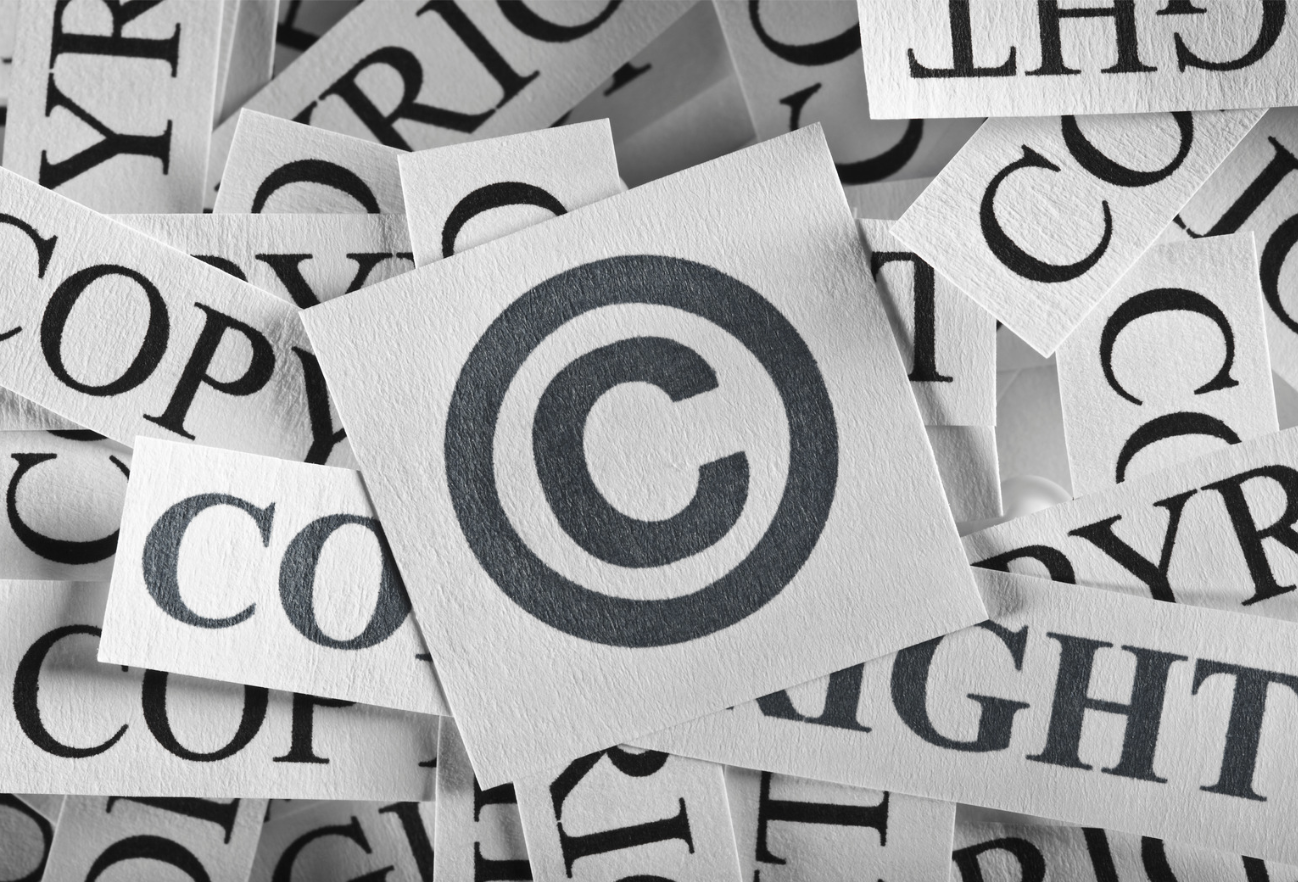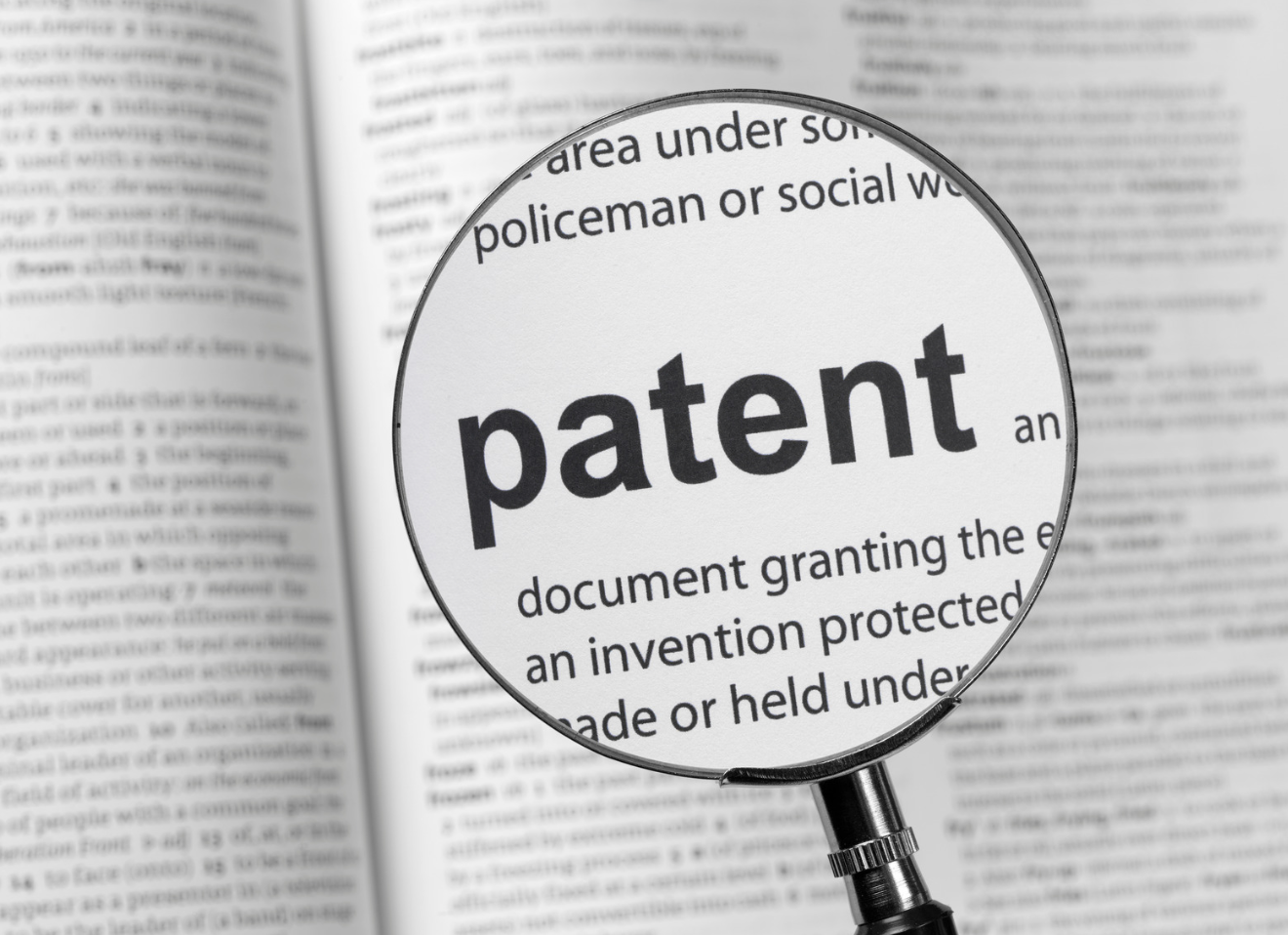Malcolm ZoppiSun Oct 15 2023
How to patent an idea
The patent application process is complex. In this blog, we break down each step needed to file a patent in the UK.
How to patent an idea
Once patent ideas have been developed, the patent application process begins. The patent application process is a complex one. It usually requires the services of patent attorneys and other professionals as the process can be lengthy and expensive and requires accuracy, and mistakes can often lead to rejection of the patent application or even lawsuits if someone else’s patented rights are infringed upon.
However, having a patent grants you the benefit of protecting your invention from being copied or used without your permission. This gives you exclusive rights to control how your invention is manufactured, used, sold or imported. Furthermore, patents are also valuable assets that can be bought, sold or licensed. These commercial opportunities may provide a source of income and financial benefit. Therefore, having a patent offers many beneficial advantages for inventors.

What you can patent
To begin the patent process, it is important to identify if your invention is eligible for patent protection. An invention must meet certain criteria to be patentable including being novel, useful, and non-obvious. Additionally, patentable inventions must represent patent-eligible subject matter such as a machine, process, article of manufacture or composition of matter.
If you have an idea or invention that may qualify for a patent, it is important to understand the legal requirements and regulations associated with protecting your intellectual property. With knowledge and guidance from experienced professionals, you can begin the process of protecting your valuable ideas by filing a patent application.
Learn more about how GZ Legal can help you patent your invention here.

What you cannot patent
In general, artistic works such as music, artwork and literature are not eligible for patent protection. This includes compositions of music and dramatic works, pantomimes and choreographic works, pictorial, graphic or sculptural work. In addition to artistic works, processes for producing artistic objects are also ineligible for patent protection. Instead, these works will benefit from copyright protection.
Discoveries such as scientific, mathematical or artistic principles are also not patentable. Furthermore, any process that is not able to be used in the industry cannot be patented. For example, a discovery of a natural phenomenon or atomic structure can be understood and appreciated by someone studying the field, but cannot be used in any practical way to produce something tangible and therefore are ineligible for patent protection.
Learn more about how GZ Legal can help you patent your invention here.

Before you apply for a patent
Before applying for a patent, it is important to make sure that your new invention does not already exist. Patent searches can help you determine if the new invention has already been patented or published in other sources. Additionally, before starting the patent process, you should consider whether you have the time and financial resources necessary for filing a patent application. This includes researching and understanding the legal requirements of intellectual property laws, as well as preparing a patent application. If you are not sure if your new invention qualifies for a patent, contacting an experienced lawyer can help you make an informed decision.

Patent application process
Prepare your application
Let’s look at how to patent an idea.
To begin the patent application process, it is necessary to prepare a description, claims, and drawings of your invention.
A UK intellectual property office patent application must include a description of the invention that is complete enough to enable someone skilled in the relevant area to make and use it. This description should begin with a summary of the main features and advantages of the invention, followed by a detailed description of its construction, operation, and uses.
Claims are assertions made about an invention’s novelty, utility, and non-obviousness as compared to prior art. It should be concise and reflect the actual invention.
An abstract is a brief description of the invention that will appear at the beginning of a patent application or other document, summarising its main points.
Drawings are also necessary to convey an understanding of how the invention works and can be used to supplement the description and claims. The drawings must be clear, complete, and of sufficient detail to understand the invention. It is also important to include appropriate labels and legends with the drawings.
These descriptions, claims, abstracts, and drawings should be prepared in accordance with patent law standards. Additional information on how to prepare a patent application can be found on the USPTO website. The description and claims of a patent application must be drafted with precision to adequately protect an invention. A patent attorney can assist in determining the most appropriate description and claims for an invention.
It is important to remember that a patent application must be filed before publicly disclosing the invention. Once an invention has been disclosed, there may be no possibility of obtaining patent protection for it. Thus, care should be taken to ensure that all steps necessary to prepare a patent application are taken before any disclosure is made.
Learn more about how GZ Legal can help you patent your invention here.

File your application
When filing a patent application, it is recommended to submit all documents—including description and drawings—together. This will help ensure that your application can be processed as quickly as possible. Additionally, make sure to pay the necessary fees when you send in your initial application to avoid any delays.
You may also request a search and substantive examination when filing the initial patent application. This may help you to identify any potential issues with your invention and increase the chances of securing a successful patent.
For more information on filing an initial patent application, click here.
They can provide specialised advice and guidance to help you achieve the best possible outcome for your invention.Once an inventor has applied for a patent, the publication of the application and the inventor’s name will be recorded in Intellectual Property Office (IPO) journal. This publication serves as a warning to others that they should not infringe upon this invention – as any infringement may be subject to legal action taken by the inventor. The publication also acts as evidence that the inventor is actively seeking to protect their invention. As the publication of patent applications is a requirement under UK law, failure to comply will mean an application is deemed invalid. Therefore publication in IPO’s journal is essential for any inventor looking to secure protection for their invention.

After you filed your application
Once the application is filed, a search will be conducted by IPO to check whether the invention is applied for is similar or identical to any existing ideas. Following this search, a substantive examination of the application will take place. If all requirements are met, publication of the patent application in the UK Official Journal will occur and a ‘UK patent pending’ or ‘UK patent applied’ status can be stated. The application number and filing date will confirm that a patent application has been filed and is being processed by the IPO.
The search, substantive examination and publication process may take several months to complete depending on the complexity of the invention. Nevertheless, you can demonstrate their ‘UK patent pending’ or ‘UK patent applied’ status on your invention, packaging or marketing materials by displaying the application number or linking to a web address where details of the invention and patent application number can be found. This will provide assurance to potential customers that the company is taking steps to protect its intellectual property.
Learn more about how GZ Legal can help you patent your invention here.

When your patent application is granted
If your patent application is granted, the granted patent will be published, and UK Intellectual Property Office (IPO) will send a certificate to acknowledge the granted application.
It is important to note that a granted patent is a valuable asset that deserves to be protected. In some cases, it may be necessary to renew the granted patent in order to maintain the protection it provides. A qualified patent attorney can assist with this process by providing advice and taking steps to ensure that your granted patent remains valid and enforceable.
Learn more about how GZ Legal can help you patent your invention here.

When your patent application is refused
If your patent application is refused by the UK Intellectual Property office, you may appeal the decision or submit a new patent application. Before making any decisions, it is advisable to consult with a patent attorney who can advise on the best course of action and help you to identify potential issues with your invention. They can also provide guidance on how to improve future patent applications and increase the likelihood of success. The appeals process should be carried out within two months of receiving notification that the patent has been refused. It is important to note that not all patent applications are successful, so it is essential for you to understand the risks before filing. With careful planning and professional advice, however, you can make sure your patent application stands the best possible chance of being granted.
Learn more about how GZ Legal can help you maximise chances of a successful patent application here.
File your patent application in the right jurisdiction
It is also worth noting that patent protection is only valid in the country where it has been granted, so if an invention is intended for international markets, patent protection must be sought in each jurisdiction separately. This will help ensure that you are legally protecting your inventions wherever they are used or sold. Ultimately, filing a patent application correctly and seeking patent protection in the right countries is key to ensuring that your invention remains safe and secure.

Conclusion
This article has provided an overview of the patent application process when dealing with the UK Intellectual Property office. Overall, patenting in the UK is a multi-stage process that requires time and effort to complete successfully. By understanding patent requirements, preparing an accurate patent application and filing with relevant documents and fees, you can ensure a smooth patent registration experience.
Additionally, patent attorneys can help to ensure that patent applications are filed accurately and in accordance with patent law. Moreover, patent protection should be sought across all relevant countries for international markets. With these steps in place, you can enjoy the legal protection of your invention for many years to come.
Learn more about how GZ Legal can help you patent your invention here.
Find out more!
If you want to read more in this subject area, you might find some of our other blogs interesting:
- Step-by-Step Guide on How to Transfer Shares to a Holding Company
- Breach of Settlement Agreement: Consequences and Remedies Explained
- Who Gets the Money When a Company is Sold?
- What is a Counter Offer in Contract Law? Explained Simply and Clearly
- Understanding the Costs: How Much Do Injunctions Cost in the UK?